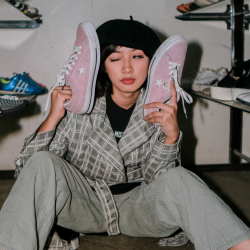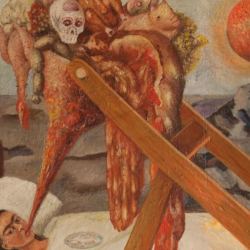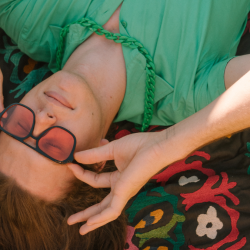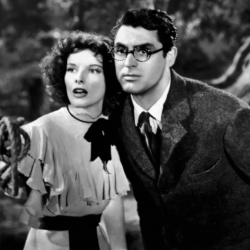From beauty campaigns that tap into our fear of imperfection (insert any variation of “your life won’t suck so much if you buy this” narrative) to those that scare us into addressing broader societal issues, think WWF’s Stop Climate Change before it Changes You, fearmongering has long been a tried and tested tactic. Recently, however, fear has been increasingly side-lined in favour of a new sales approach: hope.
Amid war, political unrest and a climate crisis, the design industry is turning to escapism to offer a welcomed refuge from reality. Coca-Cola’s ‘Starlight’ drink’s space-themed packaging nods to faraway lands, while Mac Cosmetics leans into mysticism with its range of Astro Pallets. This shifting focus towards such themes is symbolic of society’s need to escape, and brands such as Mac and Coke understand the power of presenting positive, alternate realities.
Over on TikTok, Hopecore is one of the latest trends to sweep across the platform (see below); but rather than beauty hacks or dance moves, the intent behind Hopecore is to create content that alleviates stress and anxiety. Taking the form of memes and videos that convey messages of hope and positivity, the emergence of Hopecore is a welcome antidote to doomscrolling, and its popularity represents the growing need for content that pulls us as far away from the news as possible.
Even the fashion industry is displaying a softer side, with ‘Digital Lavender’ officially named 2023’s colour of the year and already firmly marking its place within this season’s key fashion trends. When speaking about the colour, Clare Smith, a Colour Strategist at WGSN, said it’s “full of hope and positivity… a shade that poses that much-needed cautious optimism and escapism that people are craving post-pandemic.”
Despite the relentlessly gloomy headlines and pressure on wallets, hope is high on consumers’ agendas. Content that showcases an alternative to reality is welcomed, but does it sell?
Should marketers bin the fear book in favour of optimism?
The answer is yes… and no. Yes, there is a place for hope in marketing, but that doesn’t mean fear will disappear from campaigns any time soon. Scary sells, so it will always have a place in advertising, but brands would do well to employ this tactic sensitively, focussing on light-hearted tactics that avoid triggering deep-rooted fears; think FOMO over fear.
So, should brands be using fear or hope in their marketing?
The trick is to strike the right balance of both. ‘FOMO marketing’ is a great tactic for short-term success. Messaging that invokes urgency pushes customers to make impulse purchases to avoid regretting their lack of action later. A brilliant example is the heart-rate-increasing “53 other people are looking at this” and “only 2 left!!” messages that pop up when you’re browsing an online shop.

Hope-based marketing, however, is a powerful tool for long-term brand-building. Consumers are more inclined to purchase products from businesses they have a positive association with, and campaigns that inspire hope will place brands firmly in this category. Recent examples include Avon’s Embrace your Power campaign, which celebrates women’s achievements by telling individual stories of overcoming challenges to succeed, and Nike’s docuseries How Do We, which encourages young people to take up sport while highlighting communities that help to remove potential barriers.
Meanwhile, Fiat UK’s Looks Good. Does Good ad, featuring a bright red all-electric Fiat New 5000, spotlights its partnership with Aids charity (Red), which empowers health workers and provides testing and care, promising a brighter future.
The secret to success, as always, is balance. When genuine and sincere, hope-based marketing will help build positive brand sentiment and drive brand awareness and sales. The fear card will always have its place and, when used in the right way, is a reliable trick for boosting short-term sales.
Featured image: Avon’s ’embrace your power’ campaign
































